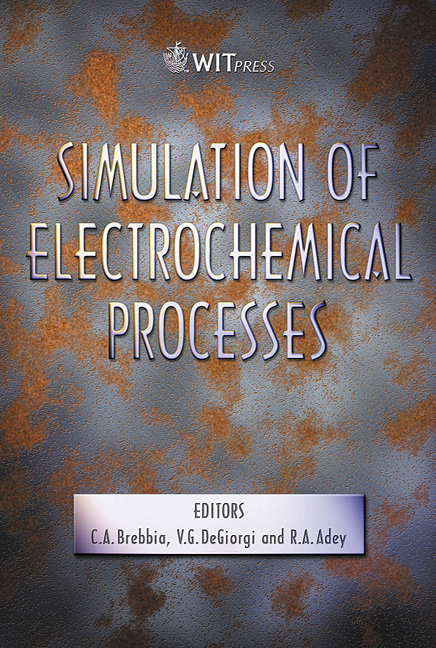Zonal ICCP System Control Interactions
Price
Free (open access)
Transaction
Volume
48
Pages
10
Published
2005
Size
1,385 kb
Paper DOI
10.2495/ECOR050021
Copyright
WIT Press
Author(s)
V. G. DeGiorgi, M. Pocock, S. A. Wimmer & E. A. Hogan
Abstract
To date much work has been done on modeling shipboard impressed current cathodic protection (ICCP) systems. The emphasis has been on system performance: the systems’ ability to maintain the hull at a constant potential value. Reported system design work has dealt mainly with anode number, anode placement, subdividing the overall system into power supply zones (anodes connected to a single power supply with a controlling reference cell) and reference cell placement. As electronic and hardware advances are incorporated into new ship designs the system control algorithms are evolving. In general, system control algorithms can range from simple one point feedback to complex multiple input-multiple-output that subdivide the structure into small regions. Multiple input-multiple-output systems provide the ability to fine tune in order to maintain uniform values throughout the structure. It has long been observed, both experimentally and on shipboard, that even simple ICCP systems with two or three power supply zones show zonal interactions. This work uses a model ship geometry, computational methods and experimental physical scale model results to further the understanding of the interaction between individual power zones on a typical shipboard ICCP system. Keywords: cathodic protection, ICCP system, zone interaction, control, polarization response. 1 Introduction Modern ICCP systems are subdivided into zones; each zone contains multiple anodes which are driven by a single power supply. Each zone has its own controller and reference cells that feedback information on surface potential at defined points to the controller. Despite the fact that designers may speak in terms of zones with the implication that there are zonal boundaries the hull is a
Keywords
cathodic protection, ICCP system, zone interaction, control, polarization response.





